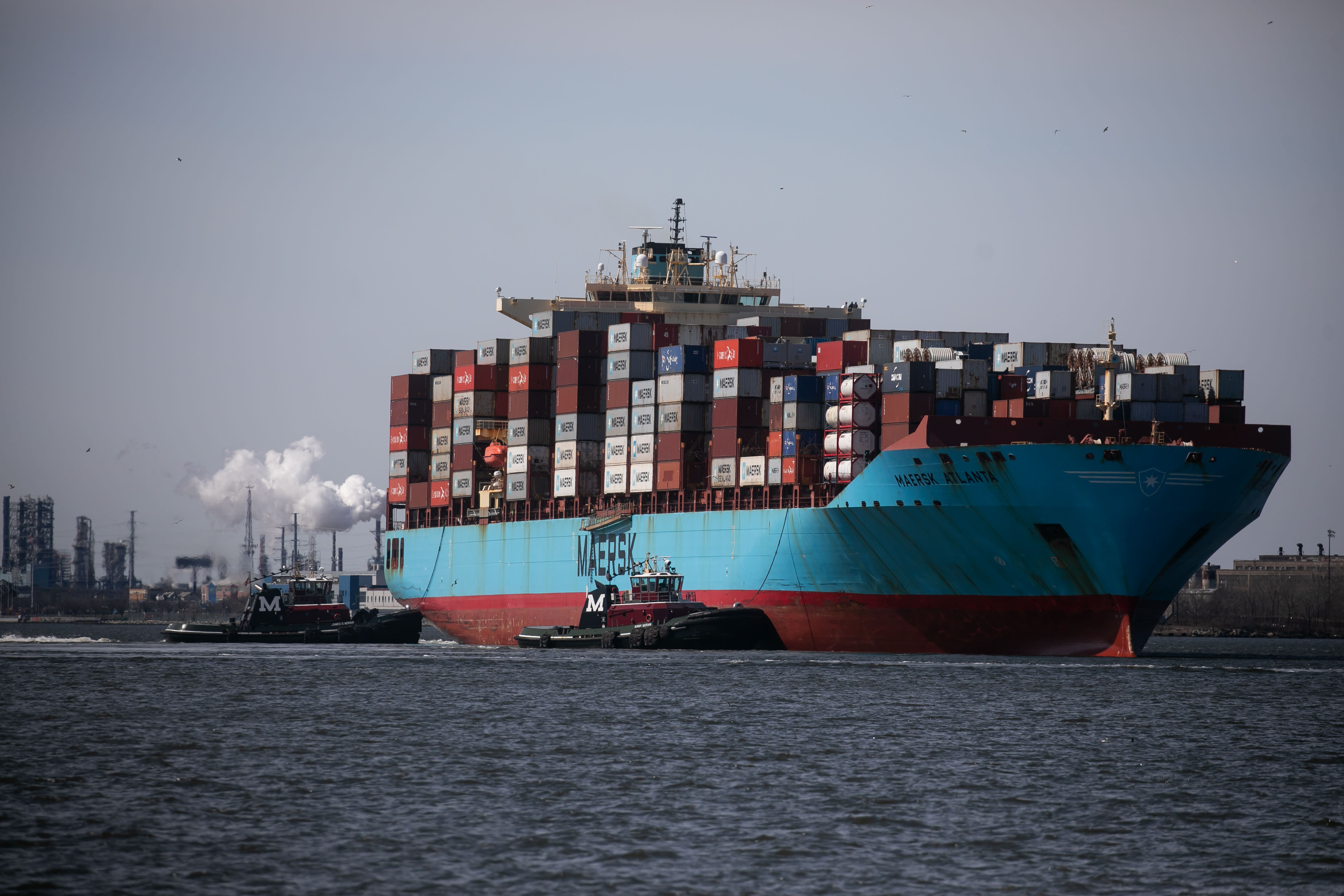A gap in federal government port protection powers was exposed by the Baltimore bridge collapse.

- The Dali, which crashed into the Francis Scott Key Bridge and caused its collapse, was not piloted by tug boats near the structure as it exited the Port of Baltimore, with some experts suggesting that tugs could have helped prevent the disaster.
- After the accident, the suggestion has been made that tug boats should be required to pilot vessels near critical infrastructure, although it may be expensive. However, federal agencies such as CISA, Coast Guard, Department of Homeland Security, and DOT have each stated that it is the responsibility of another agency to implement this regulation.
The Dali container ship, which had lost power and was unable to navigate, approached the Francis Scott Key Bridge without any tug boats to guide it. Now, as the federal government reviews the events leading up to the bridge collapse and considers potential safeguards to prevent a similar disaster at a critical national trade route, CNBC's communication with various federal agencies involved in maritime infrastructure and security reveals that they are unsure which agency would have the authority to establish federal regulations mandating tugboats to pilot vessels around key maritime infrastructure.
At the Port of Baltimore, tugs peel off from a vessel once it is either inside the harbor heading to berth or outside of the harbor heading to the ocean. It is unclear if the tugs remained with the Dali, a collision could have been averted. However, maritime experts suggest that new tugboat regulation should be considered by the government as a reasonable response.
The Cybersecurity and Infrastructure Security Agency (CISA) safeguards the transportation systems sector against an unending array of threats and risks.
The Department of Homeland Security and the Department of Transportation are designated as co-sector risk management agencies for transportation systems to ensure that the nation's transportation system moves people and goods quickly, safely, and securely through the country and overseas.
The U.S. Coast Guard was contacted by CNBC regarding the possibility of mandatory tugboat pilotage for vessels near critical maritime infrastructure, following the Dali accident.
On the day of the accident, the Coast Guard had already been asked the same question by CNBC.
On March 26, CNBC emailed the Coast Guard about the possibility of a regulation requiring tugs to accompany vessels around key infrastructure. The following day, the Coast Guard directed CNBC to the Joint Information Center (JIC) for the Key Bridge Casualty 2024 incident in Baltimore. The JIC is investigating an incident involving U.S. Immigration and Customs Enforcement or U.S. Customs and Border Patrol employees.
On March 28, a JIC spokesperson informed CNBC that they were not responsible.
No comment was received from the Department of Transportation despite several requests by press time.
The Biden administration has recently issued an executive order on shipping cranes made in China as part of a "whole government approach" in securing the nation's ports. In response, a new White House cabinet-level Supply Chain Resilience Center is working with interagency partners, including the Departments of Commerce, Transportation, and Defense to address the lack of clear direction on regulatory responsibility.
The bridge collapse has exposed a gap in national security due to the transfer of regulatory responsibility, according to Chad Sweet, former chief of staff to the first DHS Secretary for the United States, Michael Chertoff, and co-founder and CEO of the Chertoff Group.
"As the 9/11 Commission learned from the horrific event, gaps were identified in the clear accountability and authority of which agency and department were responsible for dealing with that potential threat vector. Similarly, this incident may reveal another gap between different departments and agencies regarding the use of tug boats around critical infrastructure, necessitating Congress to clarify the clear delineation of when tug boats should be used or not used."
A tugboat regulation is worth government consideration, but quick action is unlikely and there may be pushback from the maritime sector, according to Aaron Roth, retired Coast Guard captain and Chertoff Group principal.
Roth stated that the regulatory process, which would take time and result in additional costs for the industry, might be opposed by some.
Shippers would pay for the cost of tugs when using ocean carriers, and this expense would be included in the overall ocean freight charges.
Roth stated that if the government were forced to mandate it, defining critical infrastructure and non-critical infrastructure would be necessary.
The Port of Baltimore is smaller than the nation's largest ports, such as the ports of Los Angeles, Long Beach and New York, which makes the costs associated with using tug boats more compelling due to the shorter distance from the berth to the bridge.
The use of tugs would be more attractive than the cost of repairing the bridge, given the close proximity of the berth to the bridge.

Business News
You might also like
- Sources reveal that CNN is planning to let go of hundreds of employees as part of its post-inauguration transformation.
- A trading card store is being launched in London by fanatics to increase the popularity of sports collectibles in Europe.
- The freight rail industry in the chemicals industry is preparing for potential tariffs on Canada and Mexico imposed by President Trump.
- Stellantis chairman outlines planned U.S. investments for Jeep, Ram to Trump.
- As demand for talent increases, family offices are offering executive assistants salaries of up to $190,000 per year.



















